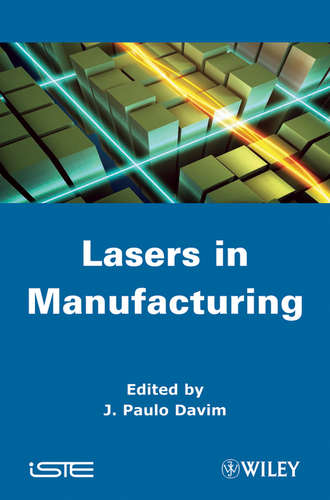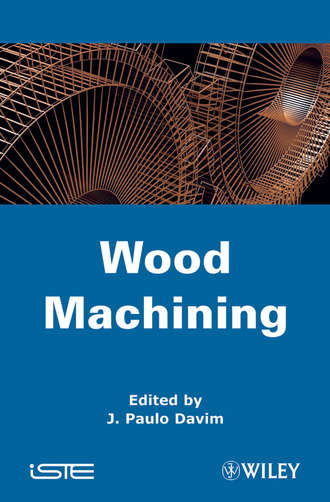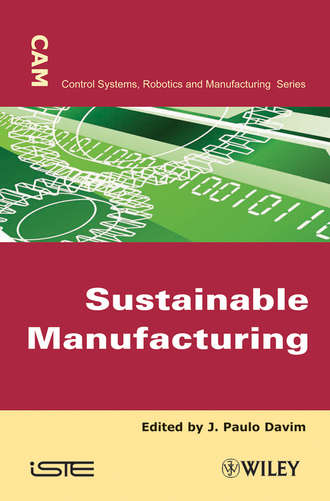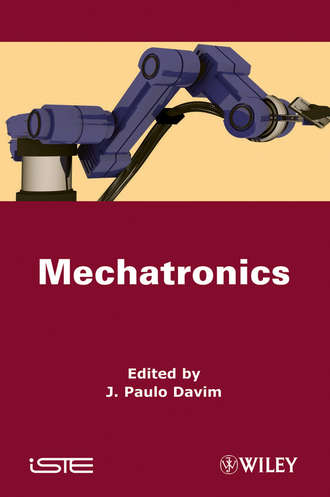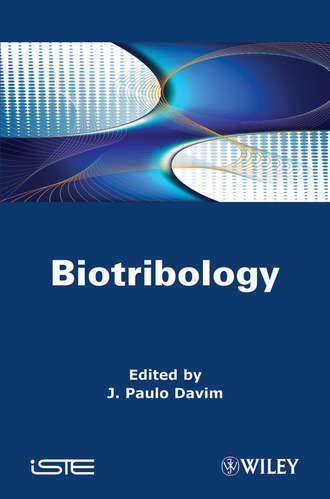Автор: J. Davim Paulo
Laser in Manufacturing
J. Davim Paulo
Generally a laser (light amplification by stimulated emission of radiation) is defined as “a device which uses a quantum mechanical effect, stimulated emission, to generate a coherent beam of light from a lasing medium of controlled purity,...
Mechanical Engineering Education
J. Davim Paulo
Mechanical Engineering is defined nowadays as a discipline “which involves the application of principles of physics, design, manufacturing and maintenance of mechanical systems”. Recently, mechanical engineering has also focused on some...
Machining Composites Materials
J. Davim Paulo
In recent years, the application of composite materials has increased in various areas of science and technology due to their special properties, namely for use in the aircraft, automotive, defence, aerospace and other advanced industries....
Wood Machining
J. Davim Paulo
Wood as an engineering material can be technically defined “as a hygroscopic, orthotropic, biological, and permeable material having extreme chemical diversity and physical complexity with structures, that vary extensively in their shape, size,...
Sustainable Manufacturing
J. Davim Paulo
According to the NACFAM (National Council for Advanced Manufacturing USA) Sustainable Manufacturing is defined as the creation of manufactured products that use processes that are non-polluting, conserve energy and natural resources, and are...
Mechatronics
J. Davim Paulo
The term Mechatronics is a combination of the words “mechanics” and “electronics”. It is the blending of mechanical, electronic, and computer engineering into an integrated design and implementation. Mechatronics systems employ microprocessors...
Biotribology
J. Davim Paulo
Tribology is the “science and technology of interacting surfaces in relative motion” and encompasses the study of friction, wear and lubrication. By extension biotribology is usually defined as the tribological phenomena occurring in either the...
Nano and Micromachining
J. Davim Paulo
This book provides the fundamentals and recent advances in nano and micromachining for modern manufacturing engineering. It begins by outlining nanomachining before discussing various advances in field and machining processes. The coverage...
